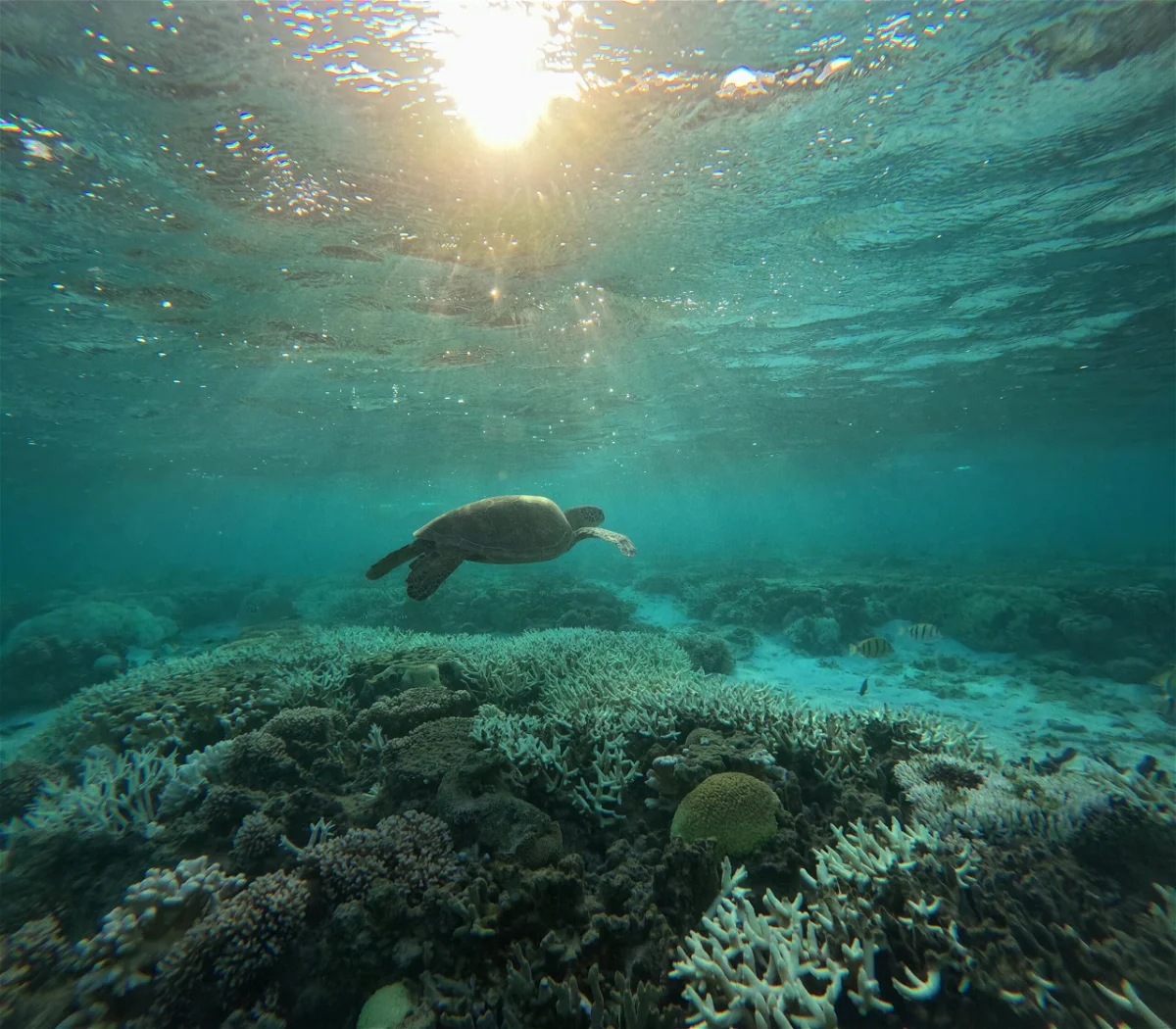Coral bleaching, triggered by elevated water temperatures, prompts corals to expel vibrant algae residing in their tissues, leading to a loss of essential nutrients and subsequent starvation.
Brazil, renowned for its stunning coral reefs, is on the brink of experiencing its most severe coral bleaching event to date, as soaring water temperatures wreak havoc on the country’s largest marine reserve. The extensive damage poses a grave risk to the region’s lucrative tourism and fishing sectors.
The global surge in coral bleaching events, now in its fourth occurrence within three decades, had spared Brazil’s reefs in previous episodes. However, this time, Brazil’s once-vibrant coral ecosystems are not immune to the devastating effects.
Coral bleaching, triggered by elevated water temperatures, prompts corals to expel the vibrant algae residing in their tissues, leading to a loss of essential nutrients and subsequent starvation. Greg Asner, director of the Allen Coral Atlas program, expressed astonishment at receiving reports of bleaching in Brazil, underscoring the unprecedented nature of the situation.
Extensive stretches of corals along Brazil’s expansive Atlantic coastline, spanning from Alagoas to Rio Grande do Norte, including the renowned 120-kilometer-long marine park known as Coral Coast, have turned ghostly white. Experts monitoring the situation warn that this year may witness the most severe bleaching event on record for Coral Coast and potentially the entire nation.
Rising sea temperatures, exacerbated by climate change-induced El Niño phenomena, have shattered previous records over the past year, intensifying the coral bleaching crisis. Brazil’s reefs, characterized by unique biodiversity including several species facing extinction, are particularly vulnerable, with nearly 100% of corals in some areas of the marine park already affected.
Miguel Mies, research director at the Coral Vivo Institute, lamented the dire situation, noting that some corals have begun to perish. The situation is even more dire in lesser-known reefs near Natal city, where the bleaching is more severe.
In Maragogi, a coastal town heavily reliant on the allure of its technicolor reefs and crystalline waters, tourism has flourished, generating substantial revenue. However, the current bleaching event threatens to decimate this vital economic lifeline. The decline in reef health has already impacted small-scale fishing, exacerbating existing challenges posed by pollution and overfishing.
Johnny Antonio da Silva Lima, a local fisherman, described the palpable effects of the bleaching and high temperatures on daily life, highlighting the struggles faced by those dependent on marine resources for their livelihoods.
While Brazil’s corals have historically benefited from murky waters and mass formations, which provide some resilience, previous bleaching events have taken a toll. The ongoing crisis is particularly devastating for species such as brain corals and Branching Fire Coral, which suffered significant losses in the previous event.
Despite the bleak outlook, there remains hope for coral recovery if waters cool in time for re-establishment of symbiotic algae. However, the severity of the current bleaching event hinges on the fate of the Abrolhos reef further south, which has thus far experienced limited impact but remains vulnerable to ongoing warm water conditions.
Experts emphasize the importance of studying resilient coral specimens to inform conservation efforts and identify species capable of withstanding climate change-induced stressors. As the world grapples with the escalating coral crisis, understanding and safeguarding these resilient traits offer a glimmer of hope for the future of coral ecosystems worldwide.
